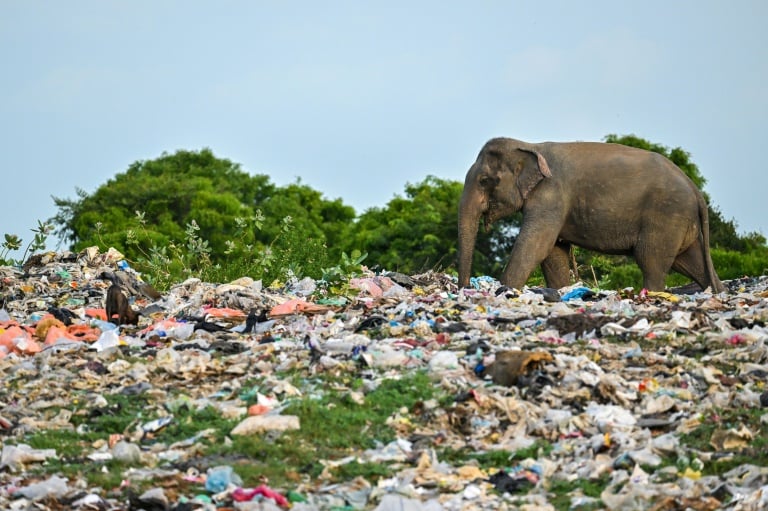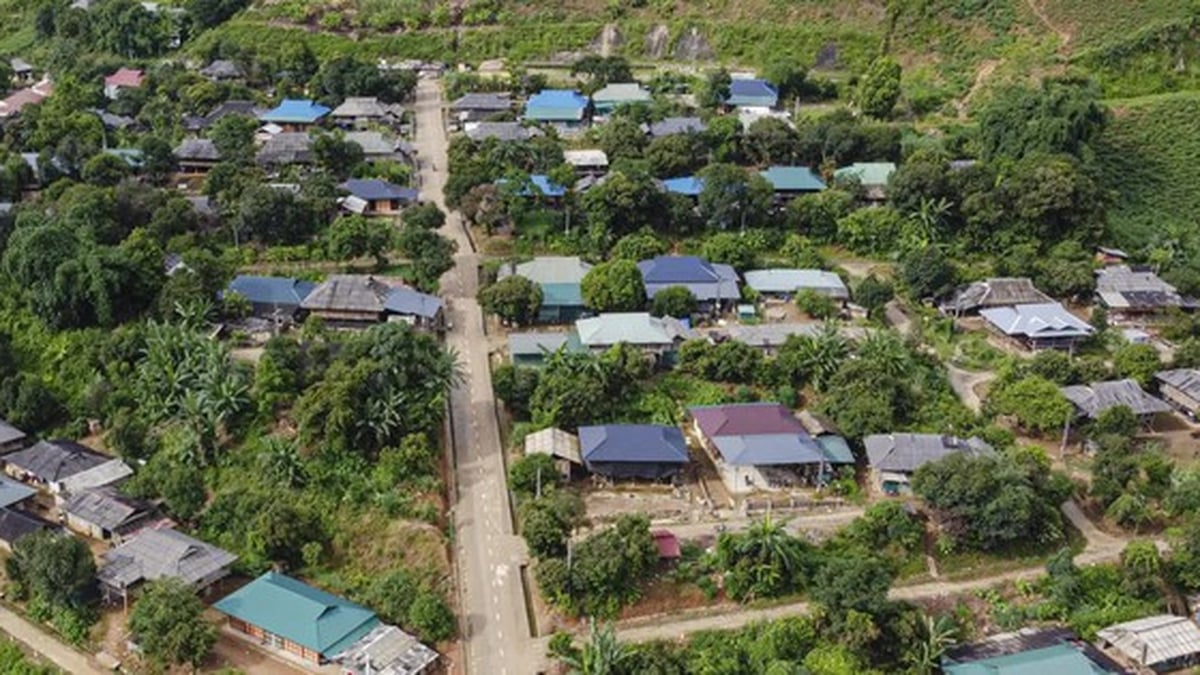HANH NGUYEN (According to Japan Times)
From bans on plastic bags in countries like China, Canada, and France, to moves by giants like Starbucks and McDonald's to eliminate plastic straws and containers, governments and companies have taken bold steps to curb plastic production and waste over the years. But why is the world still losing the "war on plastic waste"?
A plastic waste dump in Sri Lanka. Photo: Barrons
A recent report by Back to Blue, a joint initiative of Economist Impact and the Nippon Foundation, details the setbacks. Global plastic production nearly doubled to 460 million tons between 2000 and 2019, generating 353 million tons of plastic waste in 2019, of which only 9% was recycled. In a so-called scenario where major policy measures to curb plastic consumption are not implemented, G20 countries alone could consume 451 million tons of plastic by 2050.
After China banned the import of 24 types of solid waste in 2017, the United States – the world’s largest plastic polluter – diverted its waste to Southeast Asia. However, late last year, Thailand announced a ban on waste imports, effective in 2025.
The possibility of plastic waste being pushed into river systems is something that Professor Takanobu Inoue at Toyohashi University of Technology (Japan) witnessed firsthand when conducting research in Indonesia. The research team discovered that plastic accounted for 74% of the total waste in two rivers near the capital Jakarta. According to Professor Inoue, the important thing is to prevent plastic waste from entering the environment, instead of reducing plastic use. Sharing the same view, the Japanese government also supports recycling and reuse of plastic, instead of limiting production because there is no "solution to solve all problems".
The High Ambition Alliance, a group of countries that wants to end plastic production by 2040, says production has reached “unsustainable levels” and leakage is inevitable at the current rate of growth.
The United Nations took a major step forward this month when negotiators from 170 countries agreed to draft a blueprint for the world's first treaty to curb plastic pollution.
According to a report by the Center for International Environmental Law, plastic production and incineration released an additional 850 million tons of greenhouse gases into the atmosphere in 2019. If current growth rates in plastic production continue, annual emissions could reach 1.3 billion tons by 2030, equivalent to the combined emissions of more than 295 new 500-megawatt coal-fired power plants.
Source link
































































![[Maritime News] More than 80% of global container shipping capacity is in the hands of MSC and major shipping alliances](https://vphoto.vietnam.vn/thumb/402x226/vietnam/resource/IMAGE/2025/7/16/6b4d586c984b4cbf8c5680352b9eaeb0)





































Comment (0)